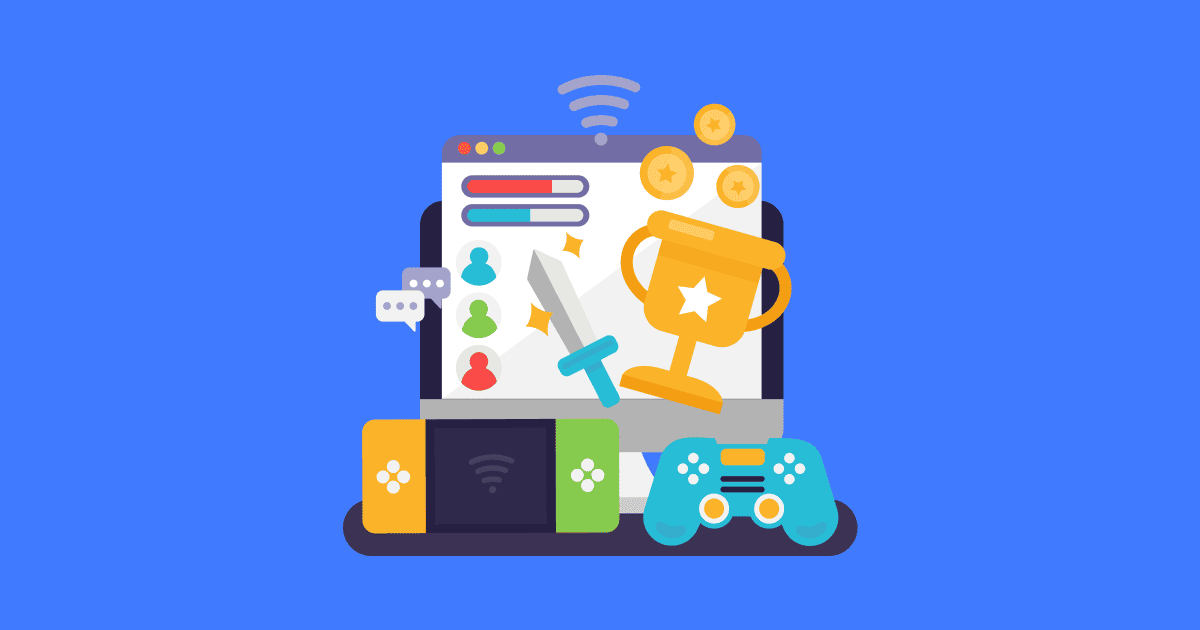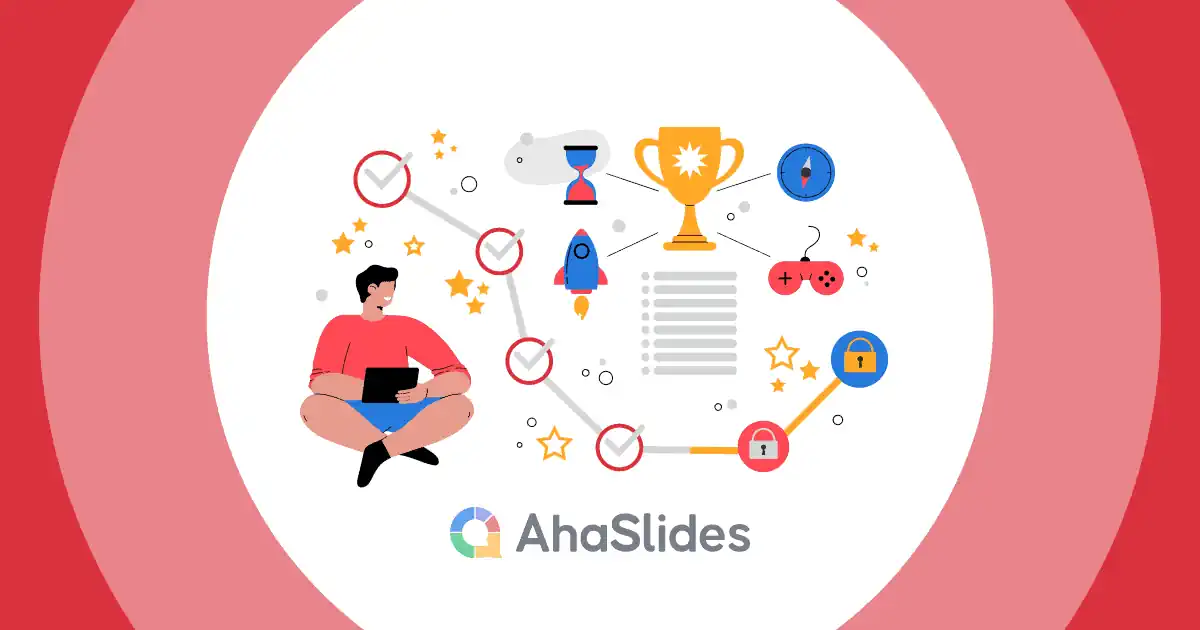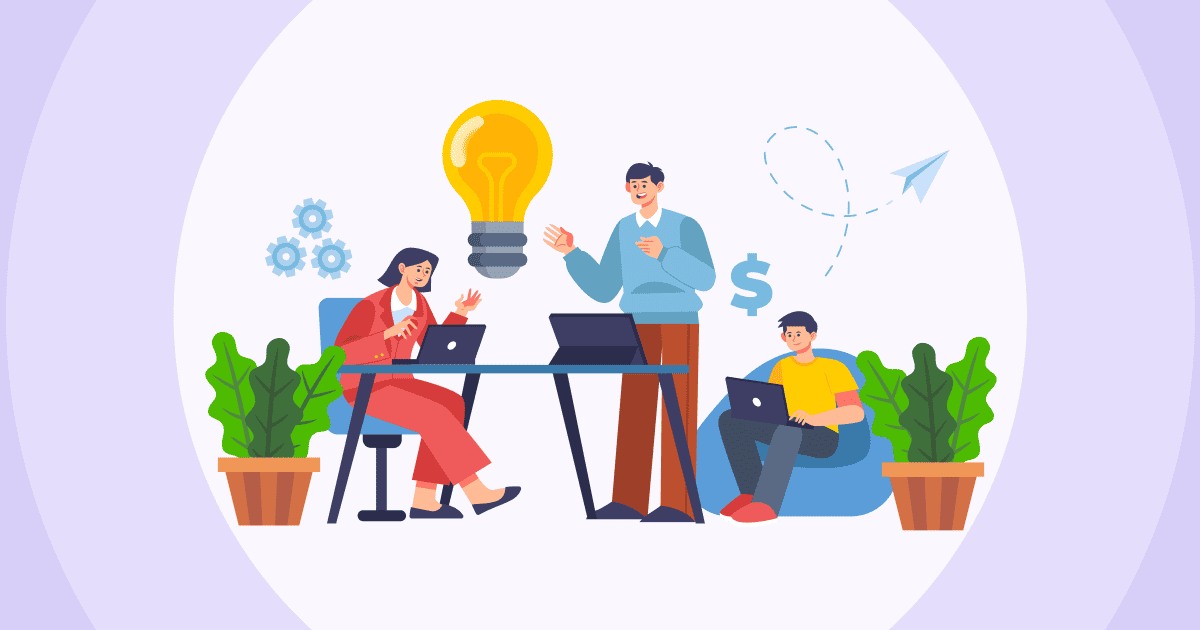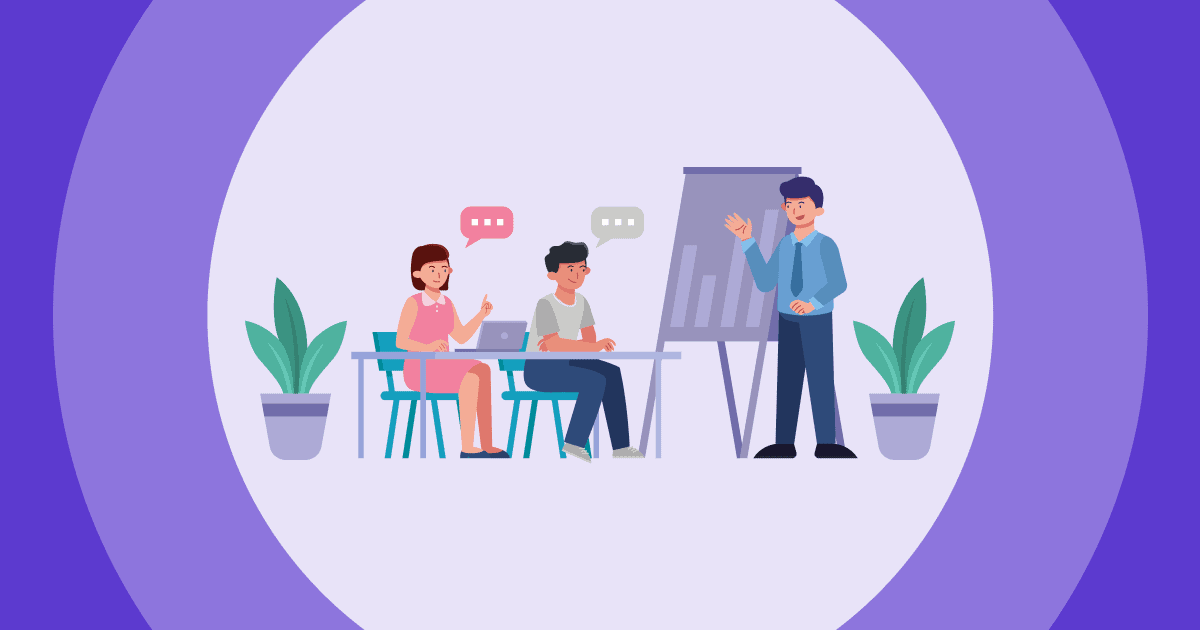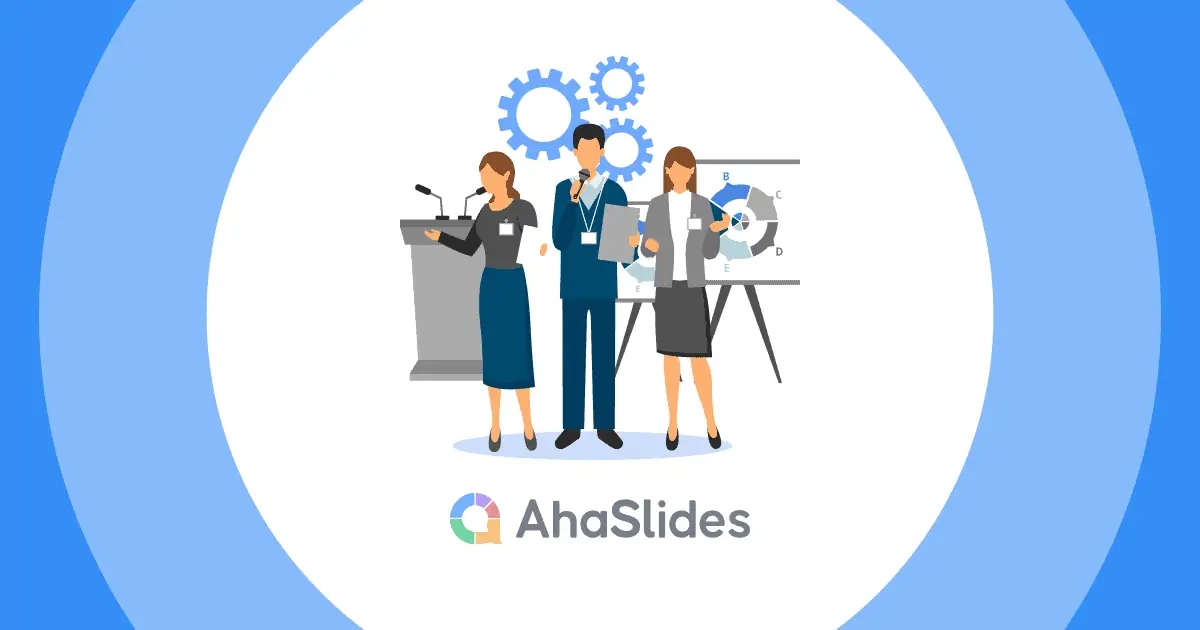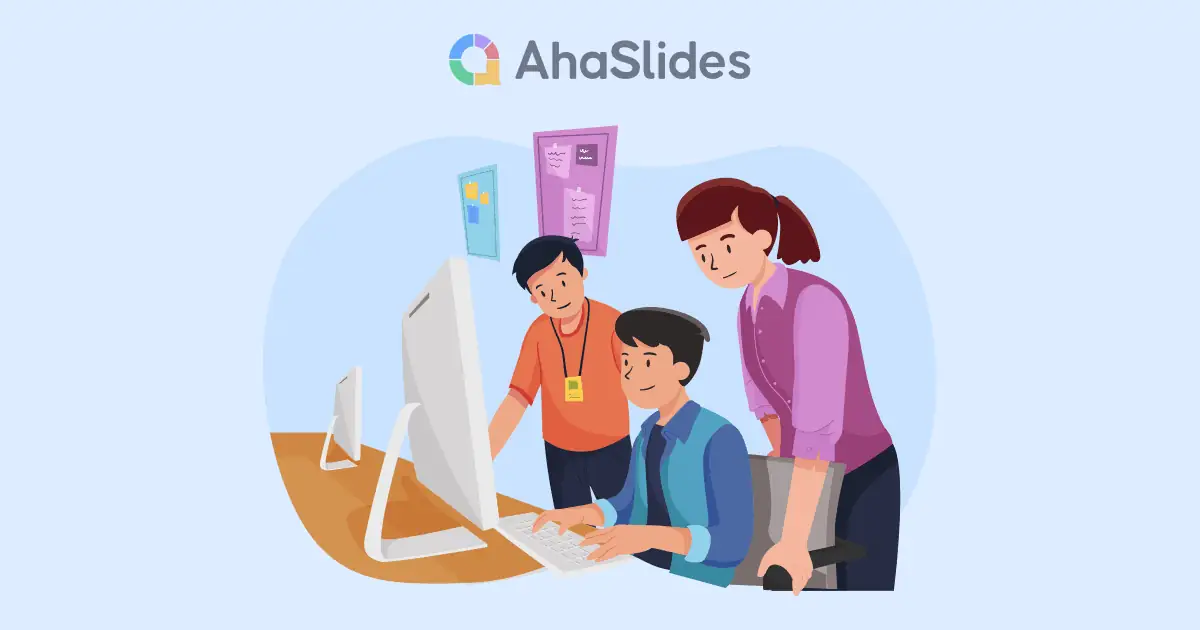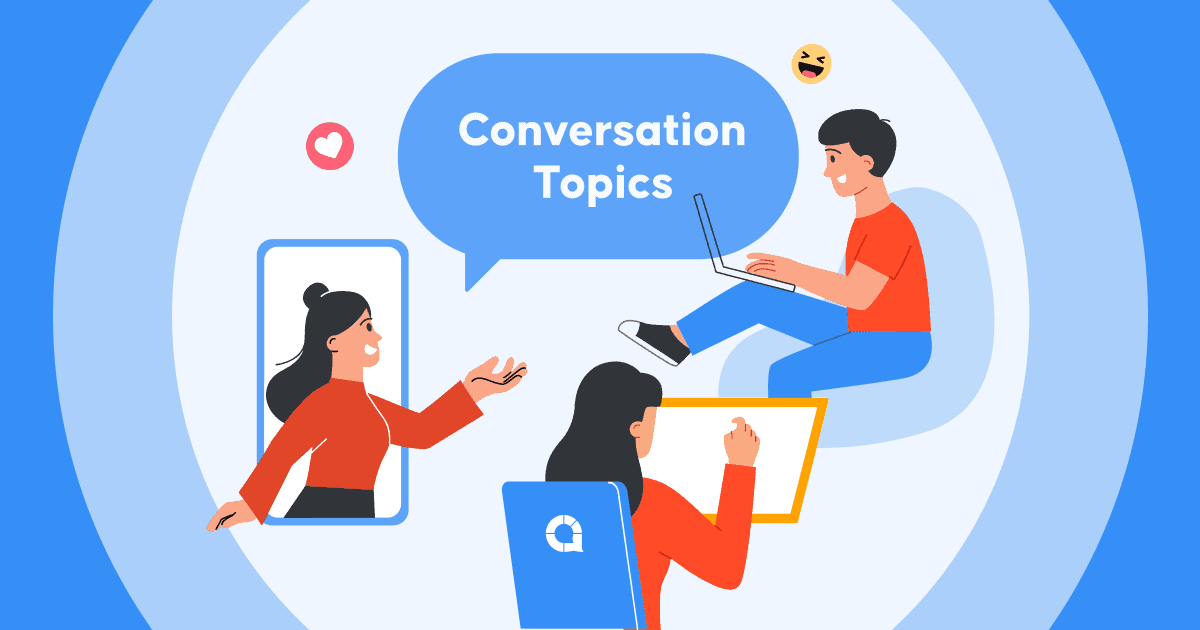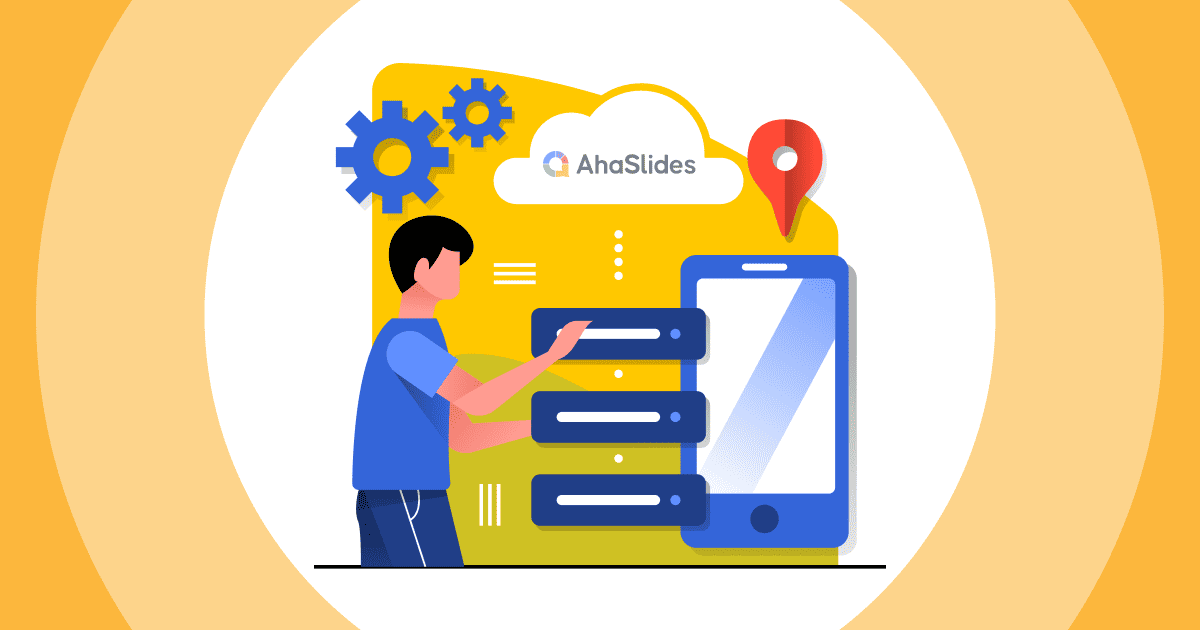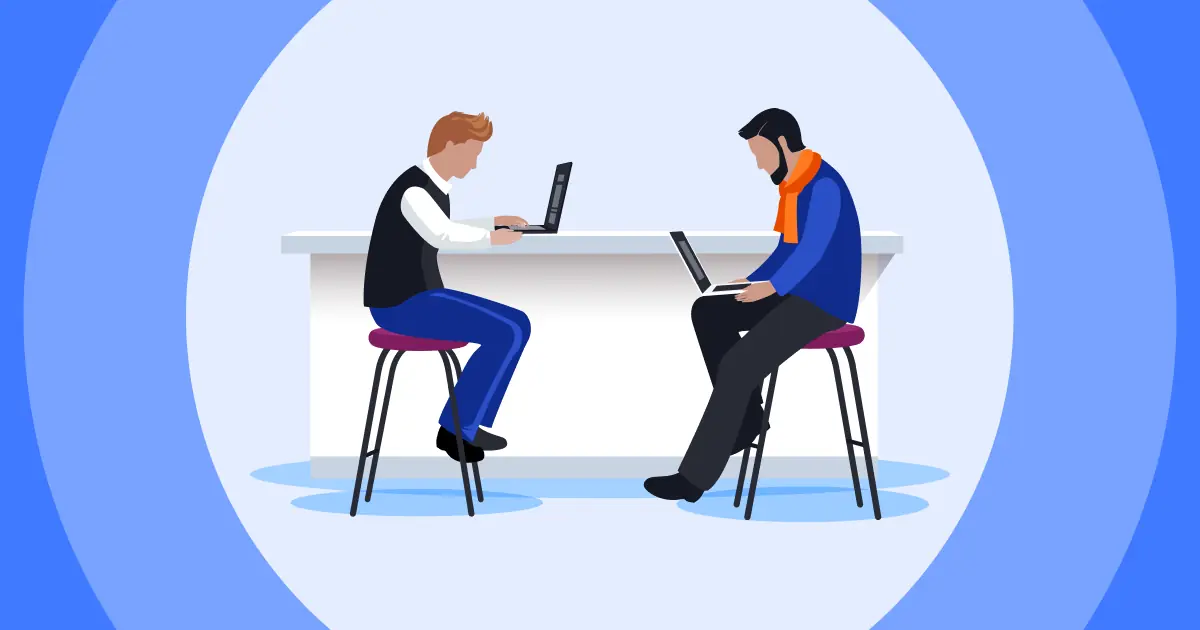Reward and a sense of victory are always appealing elements that encourage employees to perform higher productivity. These inspired the adoption of Gamification in the Workplace in recent years.
Surveys show 78% of employees believe that gamification makes their work more entertaining and engaging. Gamification improves employee engagement levels by 48%. And the trend of gamified work experience is going to increase in the next few years.
This article is all about gamification in the workplace, which helps companies keep employees engaged and motivated in their work.
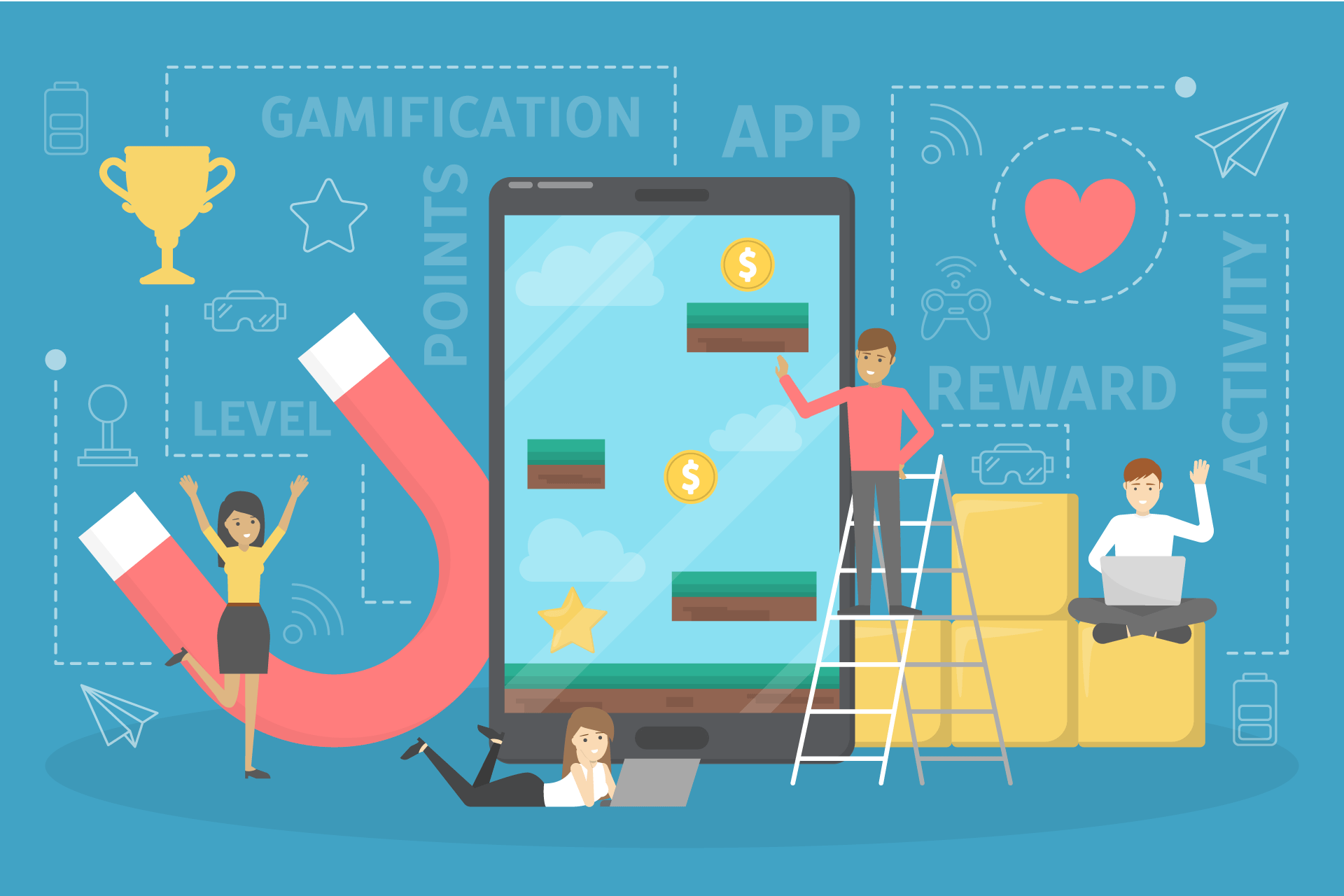
Table of Contents
What is Gamification in the Workplace?
Gamification in the workplace is the introduction of game elements in a non-game context. Gamified work experience often is designed with points, badges and achievements, leaderboard functionality, progress bars, and other rewards for achievements.
Companies bring internal competition among employees through game mechanics by allowing employees to earn points for completing tasks, which can later be exchanged for rewards and incentives. This aims to encourage employees to compete with each other to drive better job performance and productivity. Gamification is also used in training for the purpose of making the learning and training process more comfortable and joyful.
What are the Pros and Cons of Gamification in the Workplace?
Utilising gamification in the workplace shows a mixed bag of critics. It is beneficial to make the working environment fun and competitive, yet it can turn out to be a disaster. Let's see what the advantages and disadvantages of gamified work experience are that companies should pay attention to.
Benefits
Here are some advantages of workplace gamification and some examples.
- Increase employee engagement: It is obvious that employees are motivated to work hard with more rewards and incentives. LiveOps, a call centre outsourcing firm, achieved significant improvements by incorporating gamification into its operations. By introducing game elements to reward employees, they reduced call times by 15%, increased sales by a minimum of 8%, and improved customer satisfaction by 9%.
- Offers instant sign of progress and achievement: In a gamified workplace, employees receive continuous performance updates as they earn higher rankings and badges. It is an exciting and goal-oriented environment where employees are continuously moving forward in their progress.
- Identify the best and the worst: Leaderboard in gamification can help employers quickly evaluate which one is star employees, and who are disengaged to the activities. At the same time, rather than waiting for managers to call attention to starting employees, others can now figure things out on their own and learn from each other. It is what NTT Data and Deloitte are working on to make their employees develop their skills via gameplay with other colleagues.
- A new type of credentials: Gamification can introduce a novel way of recognising and crediting employees for their skills and achievements, which can be a valuable addition to traditional performance metrics. For example, the German enterprise software company SAP has employed a point system to rank its top contributors on the SAP Community Network (SCN) for 10 years.
Challenges
Let's take a look at the disadvantages of gamified working experience.
- Demotivated employees: Gamification doesn't motivate employees all the time. "If there are 10,000 employees, and the leaderboard only shows the top 10 performing employees, the chances that the average worker would be in the top 10 are almost zero, and that demotivates the players," said Gal Rimon, CEO and founder of GamEffective.
- No longer a fair play game: When people's jobs, promotions, and pay raises depend on a game-like system, there is a strong temptation to cheat or find ways to take advantage of any loopholes in the system. And it is possible that some employees are willing to stab their coworkers in the back to take priority.
- Risk of disengaging: Here's the thing. The company can invest in a game-like system, but how long employees will play until they get bored is unpredictable. When the time comes, people no longer engage in the game.
- Expensive to develop: "Gamification will succeed or fail based on who has input into the design of the game, which is the best determinant of how well it's designed," said Mike Brennan, president and chief service officer at Leapgen. Not only are games costly to develop, but they are also costly to maintain.
Examples of Gamification in the Workplace
How do companies gamify the working environment? Let's take a look at the four best examples of workplace gamification.
AhaSlides Quiz-Based Games
Simple yet effective, Quiz-based Games from AhaSlides can be tailored to any topic for any type of company. It is a virtual online quiz with gamification elements and participants can play it via their phone instantly. A leaderboard allows you to check your current status and points anytime. And you can update the new questions to refresh the game all the time. This game is common in almost all company training and team-building activities.
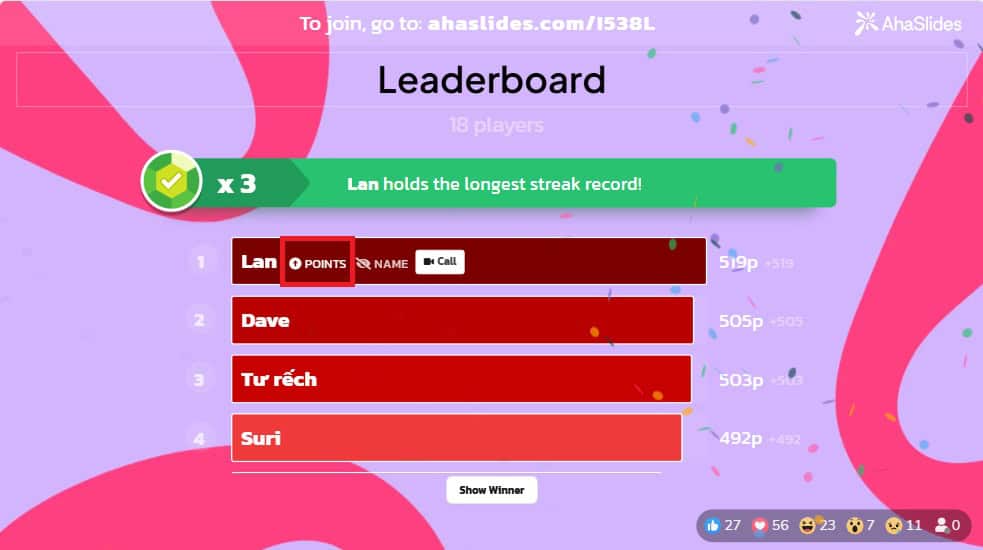
My Marriott Hotel
This is the simulation game that has been developed by Marriott International to recruit newbies. It doesn't follow all elements of classic gamification, but it makes it a virtual business game that requires players to design their own restaurant, manage inventory, train employees, and serve guests. Players earn points based on their customer service, with points awarded for satisfied customers and deductions for poor service.
Onboarding at Deloitte
Deloitte has transformed the classic onboarding process with PowerPoint into a more interesting gameplay, where new staff team up with other starters and learn about privacy, compliance, ethics and procedures online. This is cost-effective and encourages collaboration and a sense of belonging among newbies.
Bluewolf promotes #GoingSocial for Brand Awareness
Bluewolf introduced the #GoingSocial program, using technology to boost employee engagement and the company's online presence. They encouraged employees to collaborate, achieve a Klout score of 50 or higher, and write blog posts for the company's official blog. In essence, it was a mutually beneficial approach for both employees and the company.
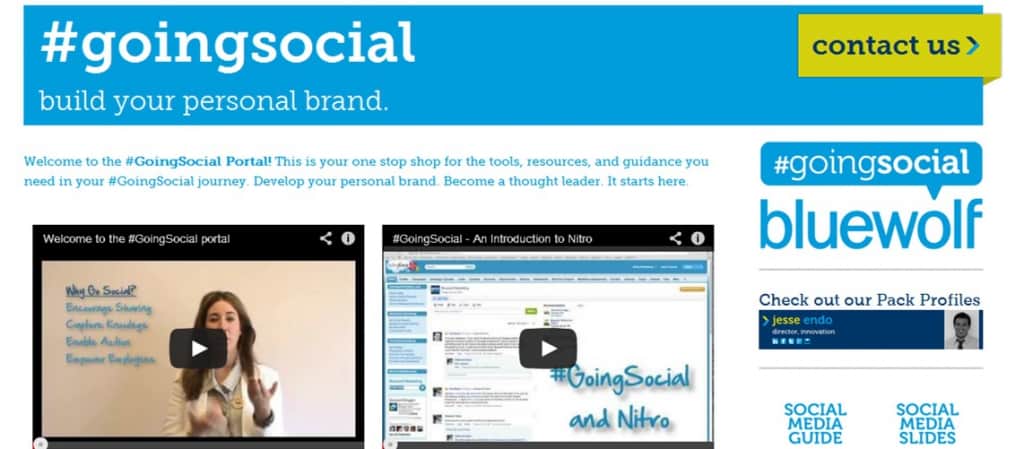
How to Bring Gamification to the Workplace
There are many ways to bring gamification into the workplace; the simplest and common way is engaging it in training, team building, and the onboarding process.
Rather than invest in a strong game-based system, small companies and remote teams can use gamification platforms like AhaSlides to promote fun training and team-building activities with quiz-based gamification. To be honest, it is pretty enough.
Frequently Asked Questions
How is gamification used in the workplace?
Gamification in the workplace involves the integration of game elements like points, badges, leaderboards, and rewards into the workplace to make work more enjoyable and drive desired behaviours.
What is an example of gamification in the workplace?
Take A leaderboard tracking employee achievements as an example. Employees earn points or rankings for achieving specific goals or tasks, and these achievements are publicly displayed on the leaderboard.
Why is gamification good for the workplace?
Gamification in the workplace offers several benefits. It increases employee motivation, engagement, and creates more healthy internal competition. Additionally, it provides valuable data-driven insights into employee performance.
How can gamification drive workplace performance?
The competitive aspect of gamification is one of the main drivers that can encourage employees to outperform themselves and their peers.
Ref: fastcompany | SHRM | HR trend institute
